Small West wind flower
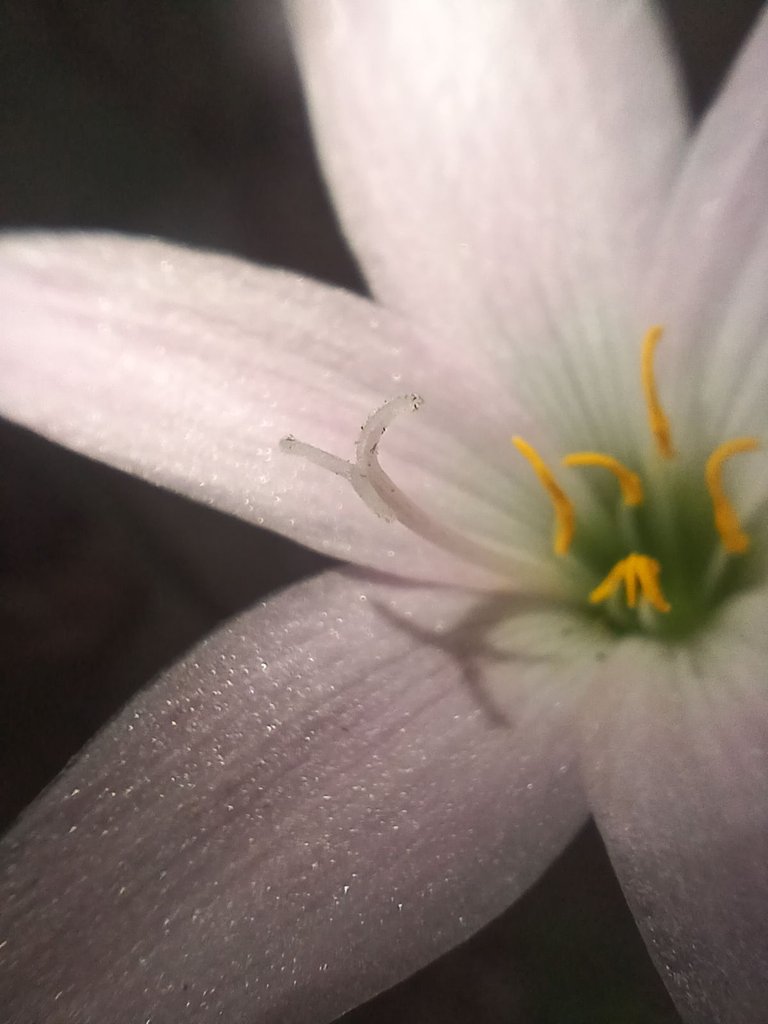
Hello friends of Hive Garden, I hope you are well, surrounded and in harmony with the rest of nature.
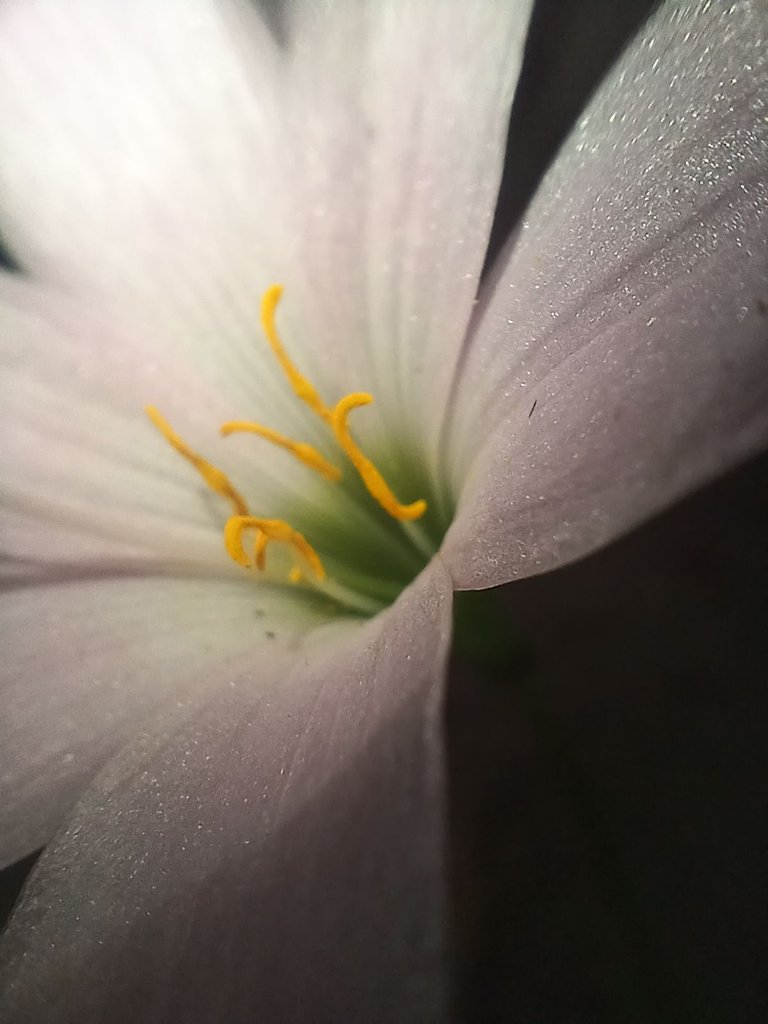
I made a new discovery in the garden that brought me great joy.
For years, I've had some small pots of Zephyranthes minuta plants, with white and lilac flowers.
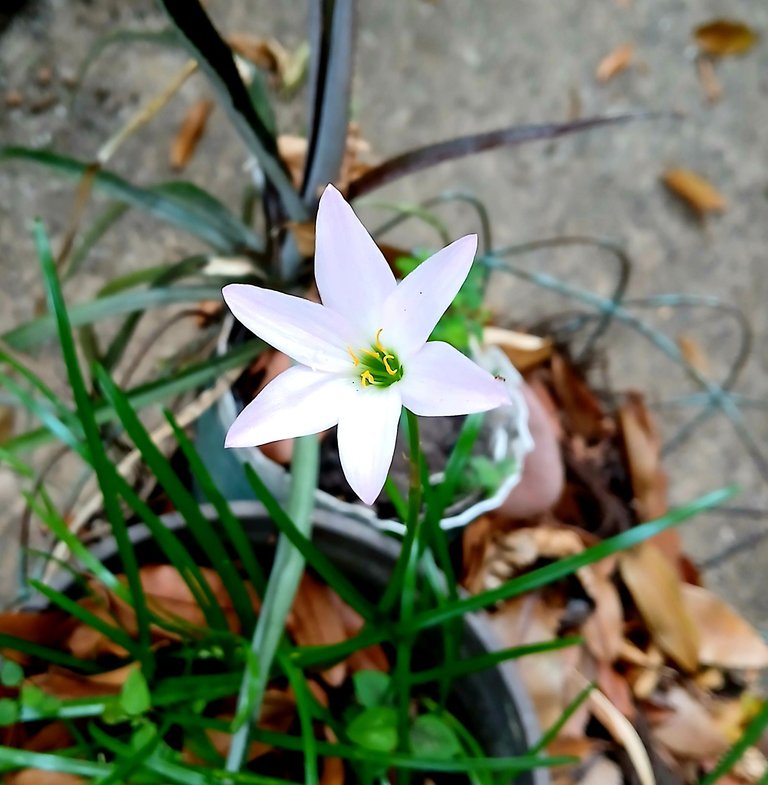
I had always called their flowers "little lilies" because that's what they look like and because I didn't know their real name.
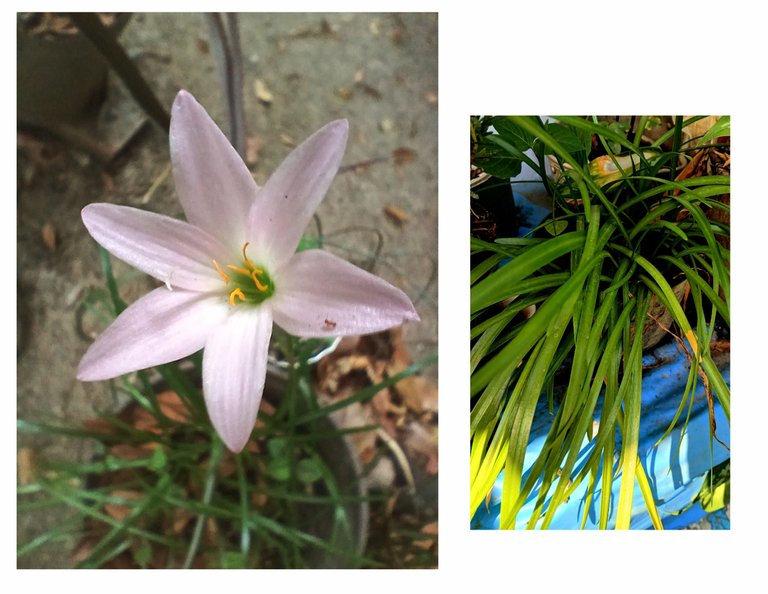
When the climate is hostile, these types of plants resist by remaining underground in the form of bulbs, which is why they are called bulbous and geophytes The bulbs of some of these species can withstand very adverse climates and even fire.
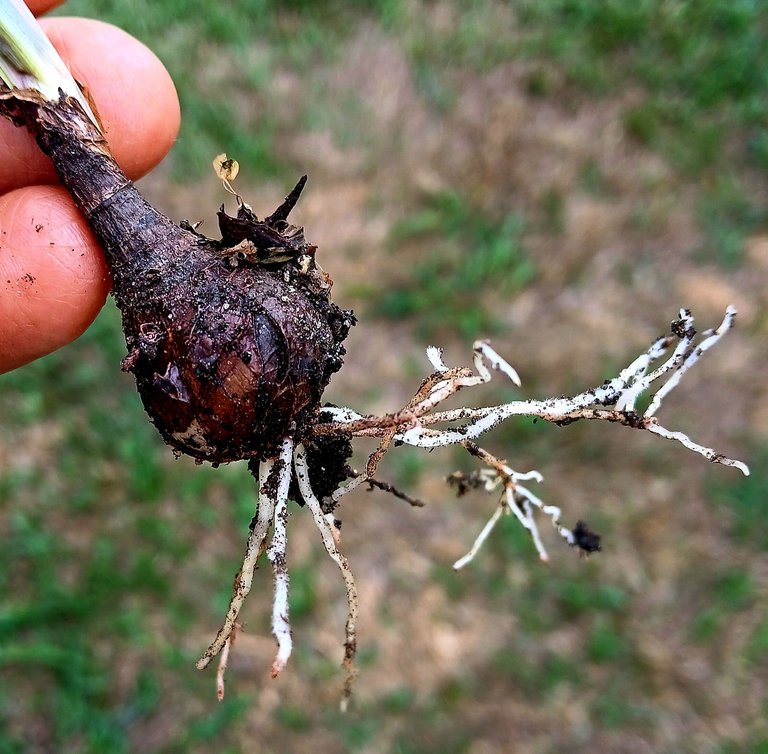
I hadn't seen them bloom for a long time, not even during the rainy season. I didn't know the reason for it, but I had my suspicions.
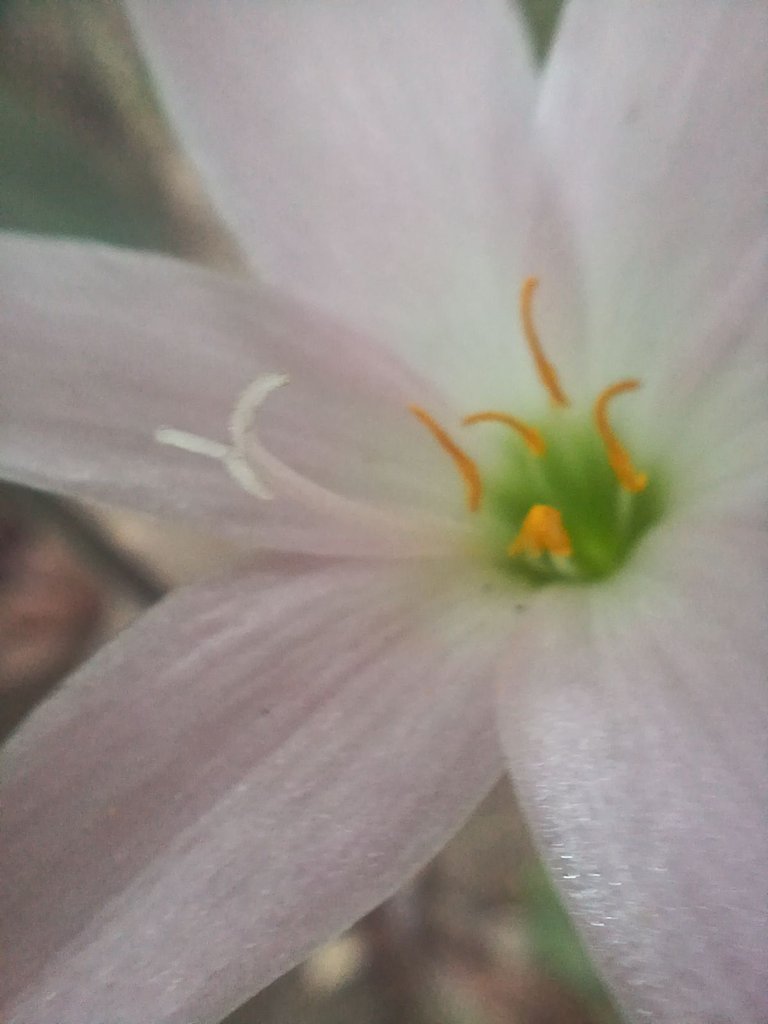
Taking advantage of the dry season, I moved the pots around and saw why they weren't doing well.
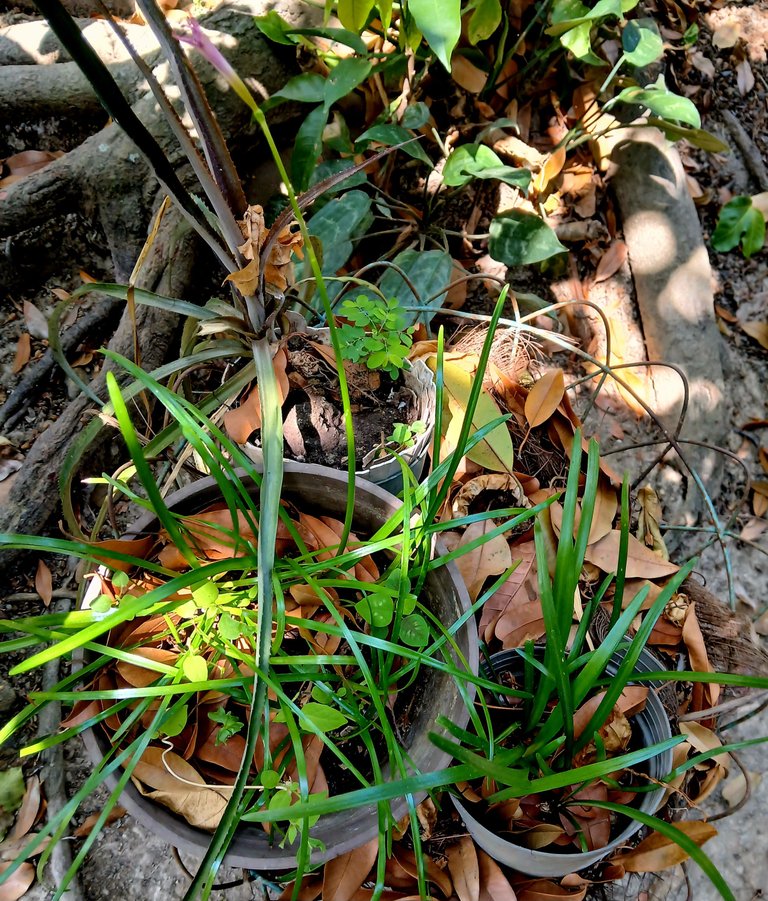
There were snails hiding in the substrate.
Since I couldn't afford compost to replace it, I opted to leave the existing soil and allowed them to receive direct sunlight.
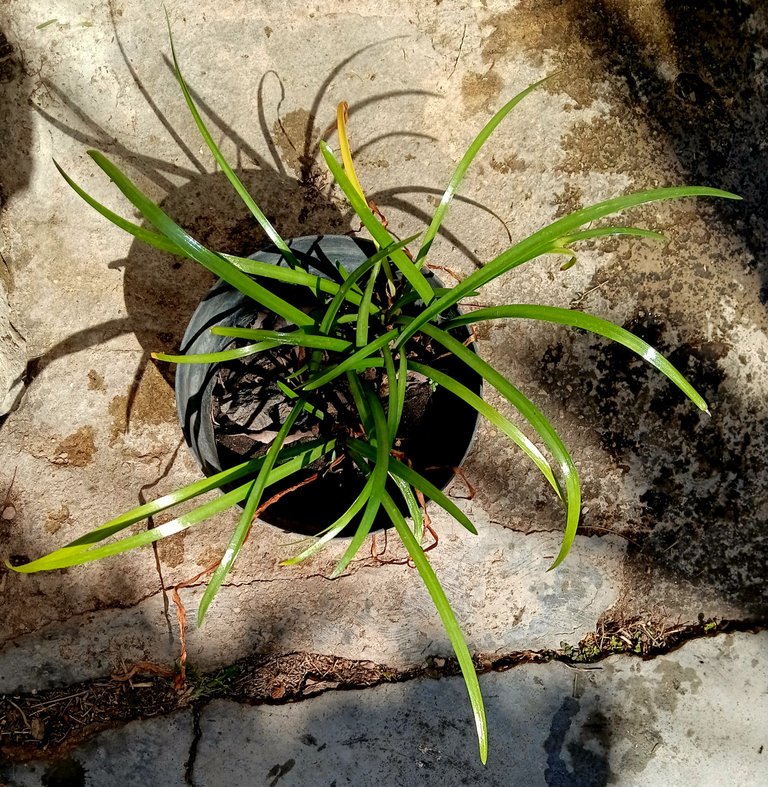
I thought the sunlight would counteract the negative effects of the infestation. These snails, in addition to eating our plants, reproduce on them and transmit pathogens that affect other plants, animals, and humans.
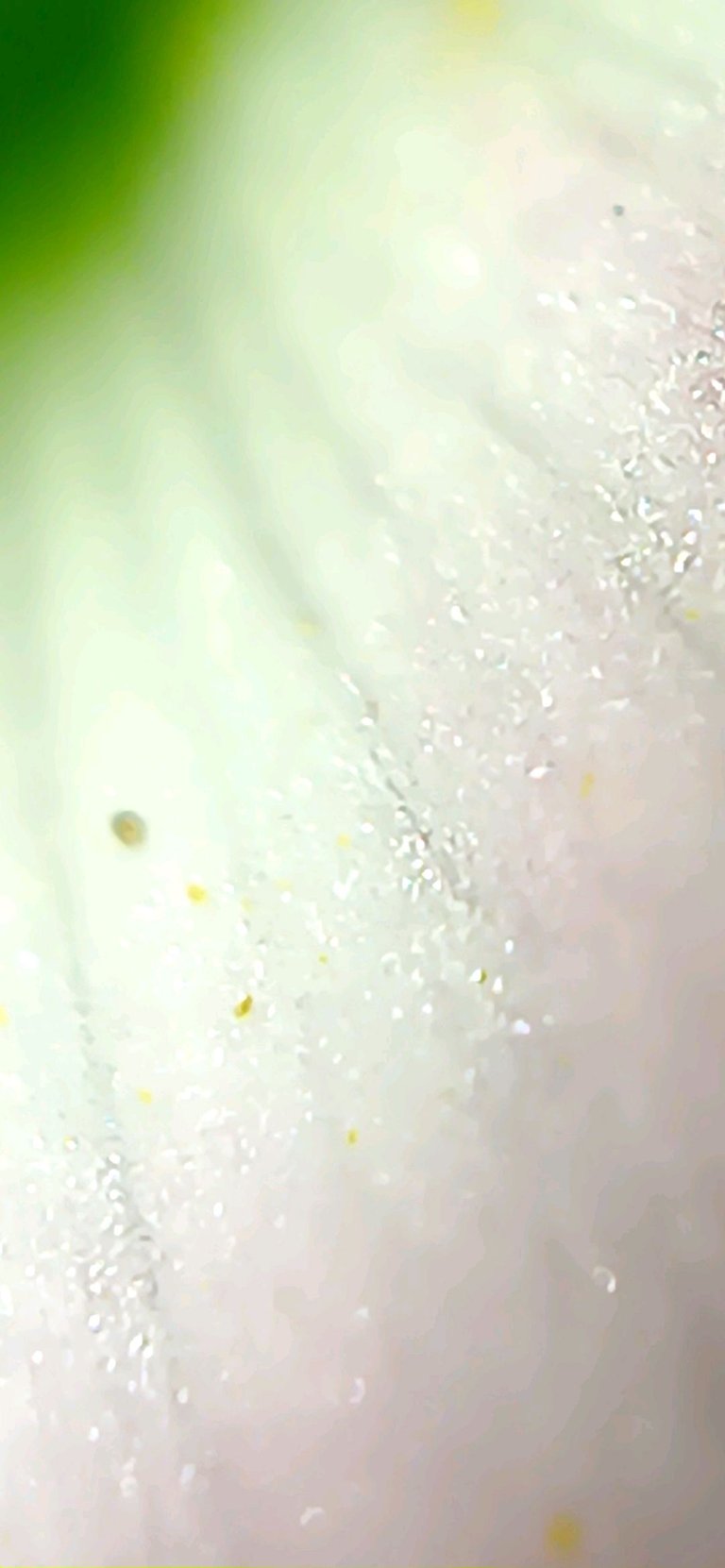
I moved them to a place where the snails couldn't reach, and soon afterward, new, shiny, green leaves sprouted. This confirmed to me that they were indeed being harmed by the invasive snail species.

But what made me most happy was that, a few days later, I saw that one of them had produced a small flower.
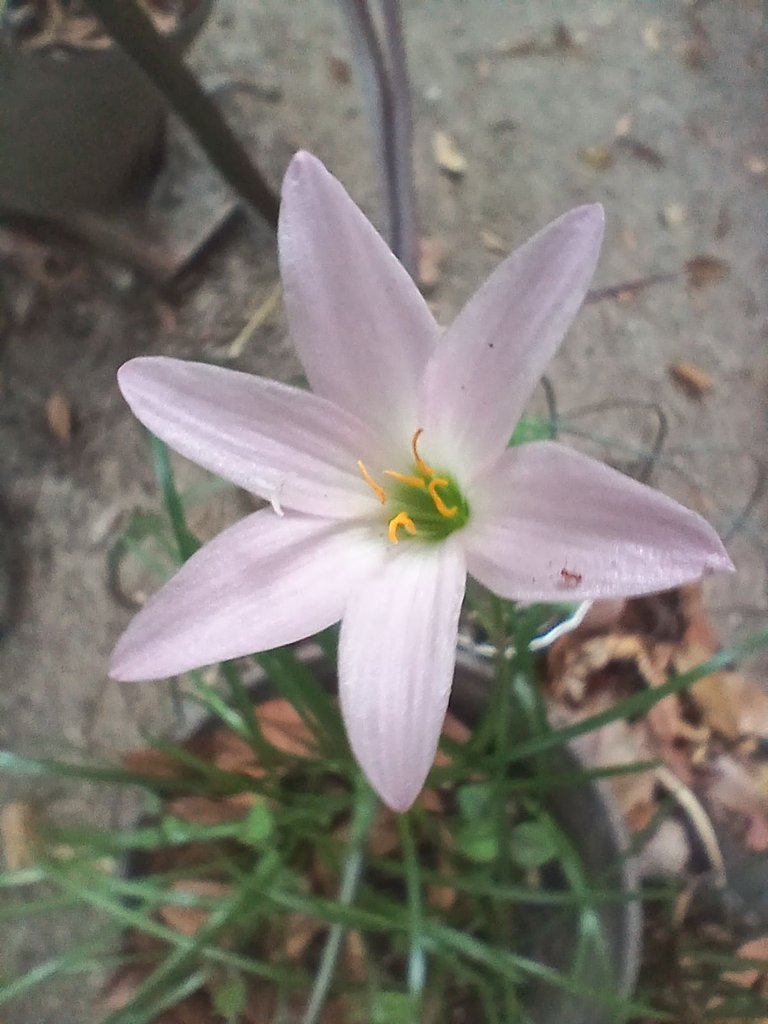
It was about 5 centimeters long and its petals were pale lilac, with yellow stamens.
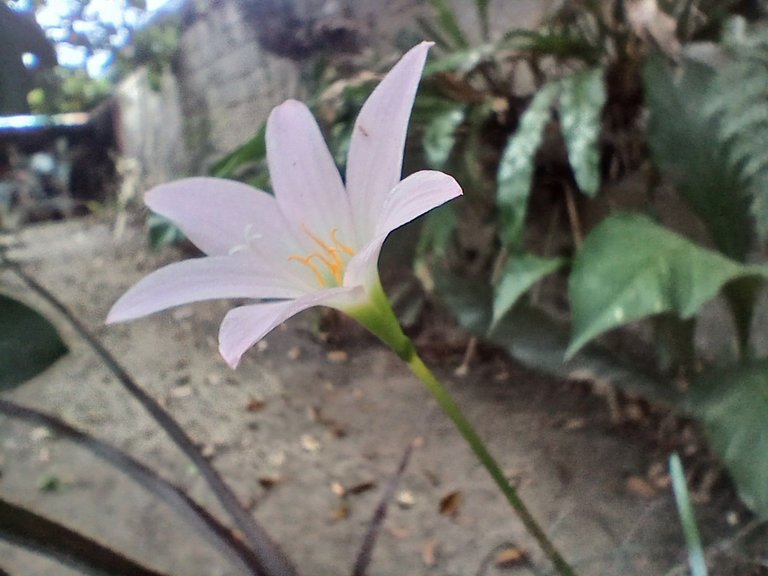
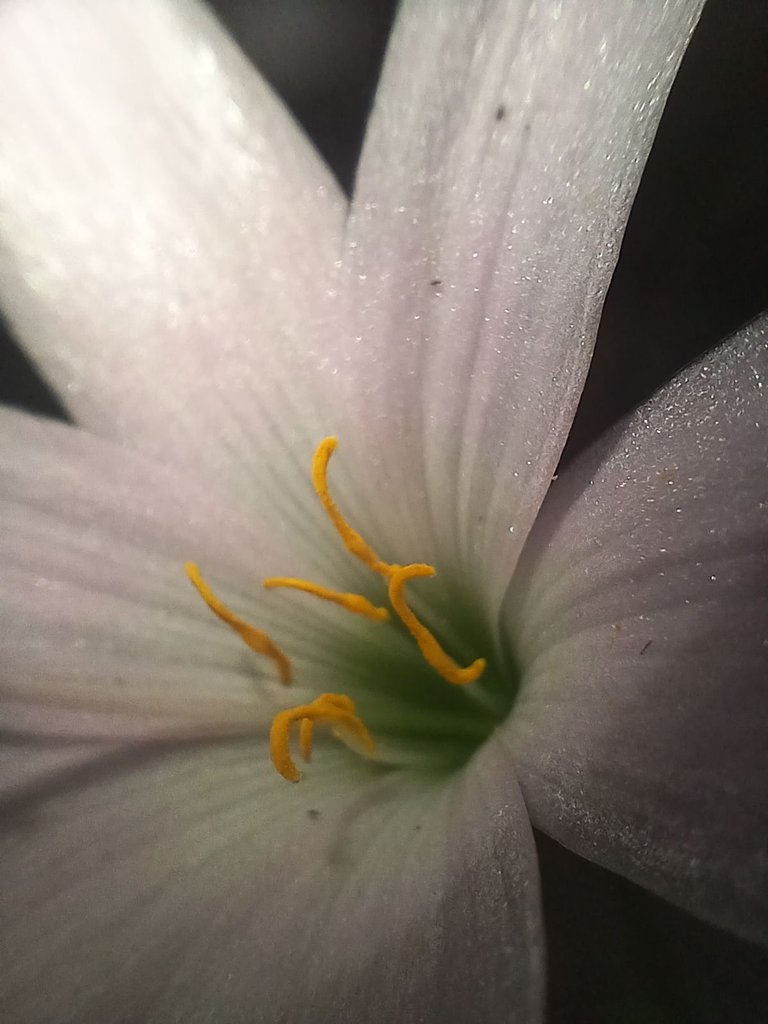
The name Zephyranthes comes from "Zephyr," meaning "God of the West Wind," and "anthes," meaning "flower." Minuta translates as "small." So its full name would be "Small West Wind Flower."
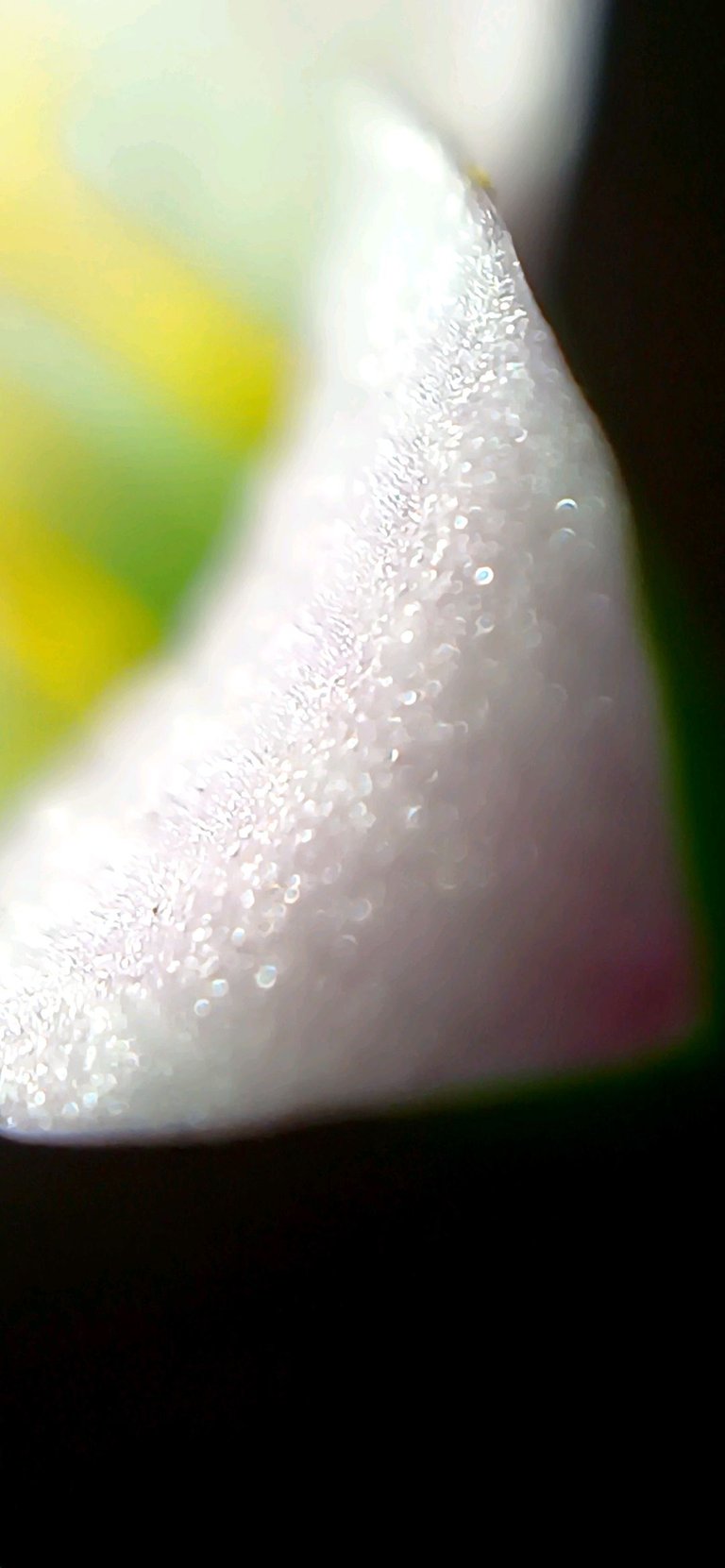
Coincidentally, just before the flower came out, very strong winds had blown and it rained out of season.
This species is native to our tropics but has become naturalized in other regions of the world, which has been facilitated by its reproduction through bulbs.
They look like fragile and delicate herbs, but in reality they are resistant and require little care.
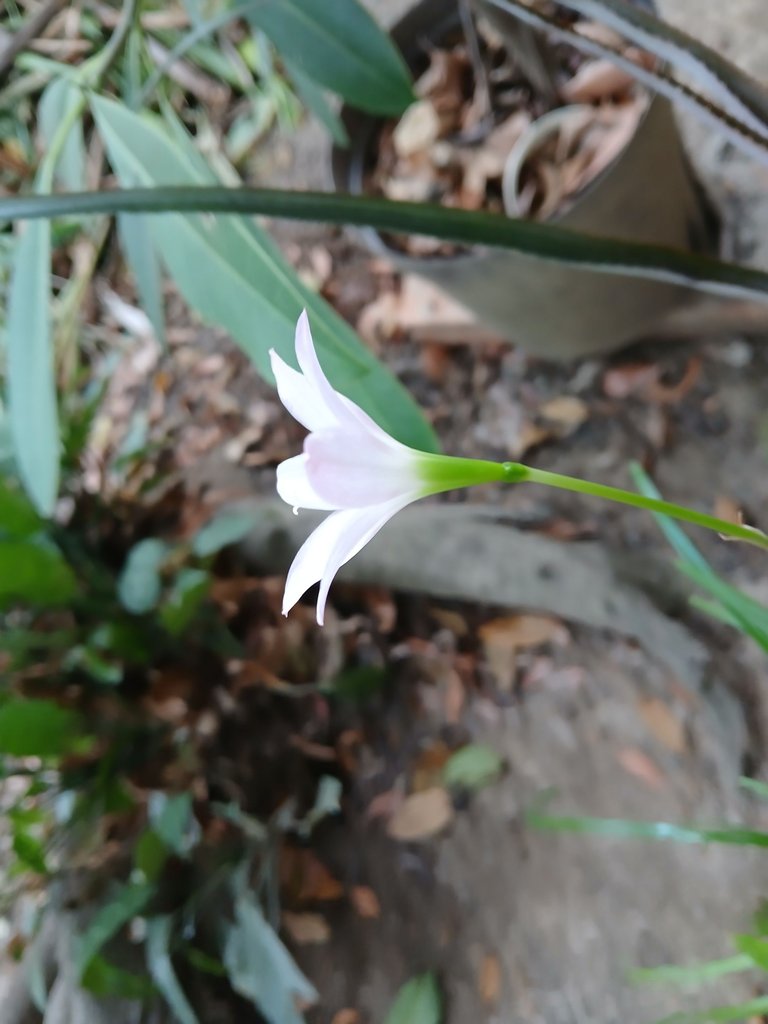
I used to underestimate them and sometimes ignore them because of their small size. On one occasion, I even left them almost abandoned on a plot of land I have far from where I live.
Now that I know a little more about them, I value them. I'd like to propagate them and acquire new varieties of different colors to combine in the garden.

They are really pretty and take more than four days to wither.
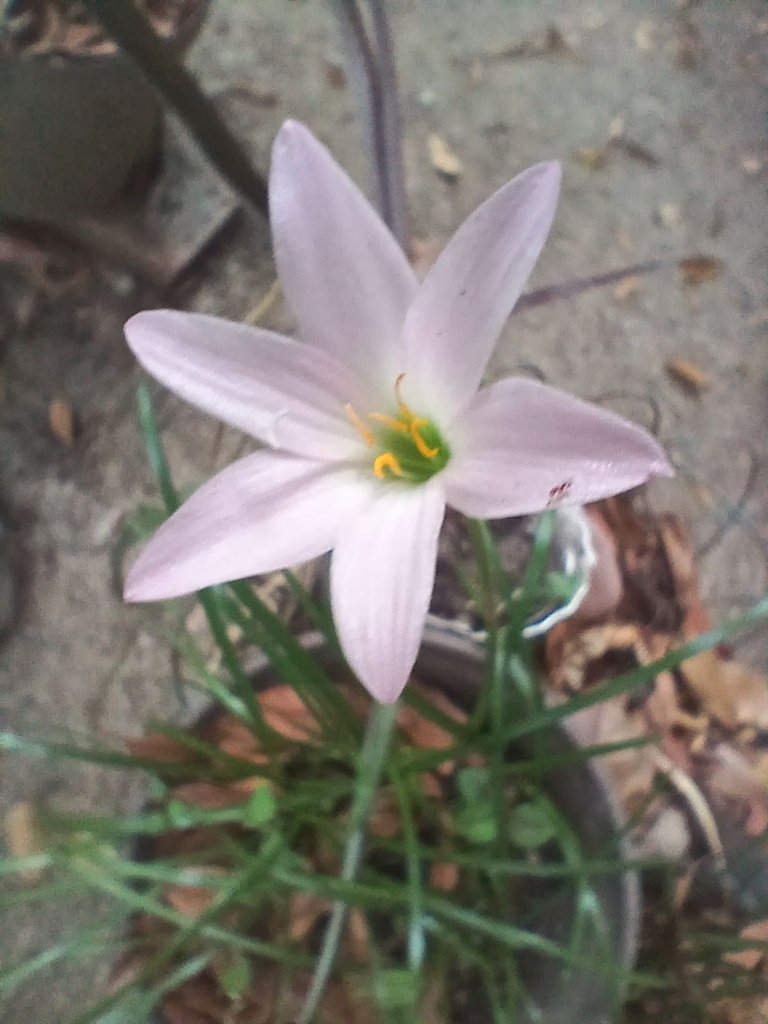
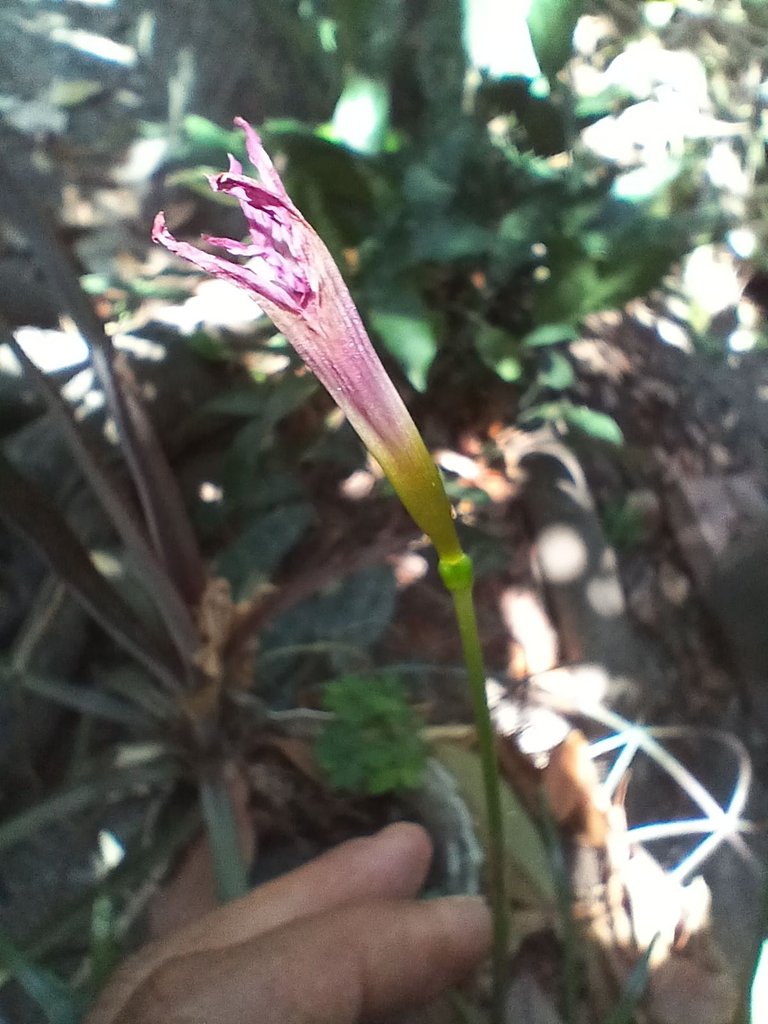
That gave me time to practice a little with the camera and special lenses, to take macro images.
I hope you like them.
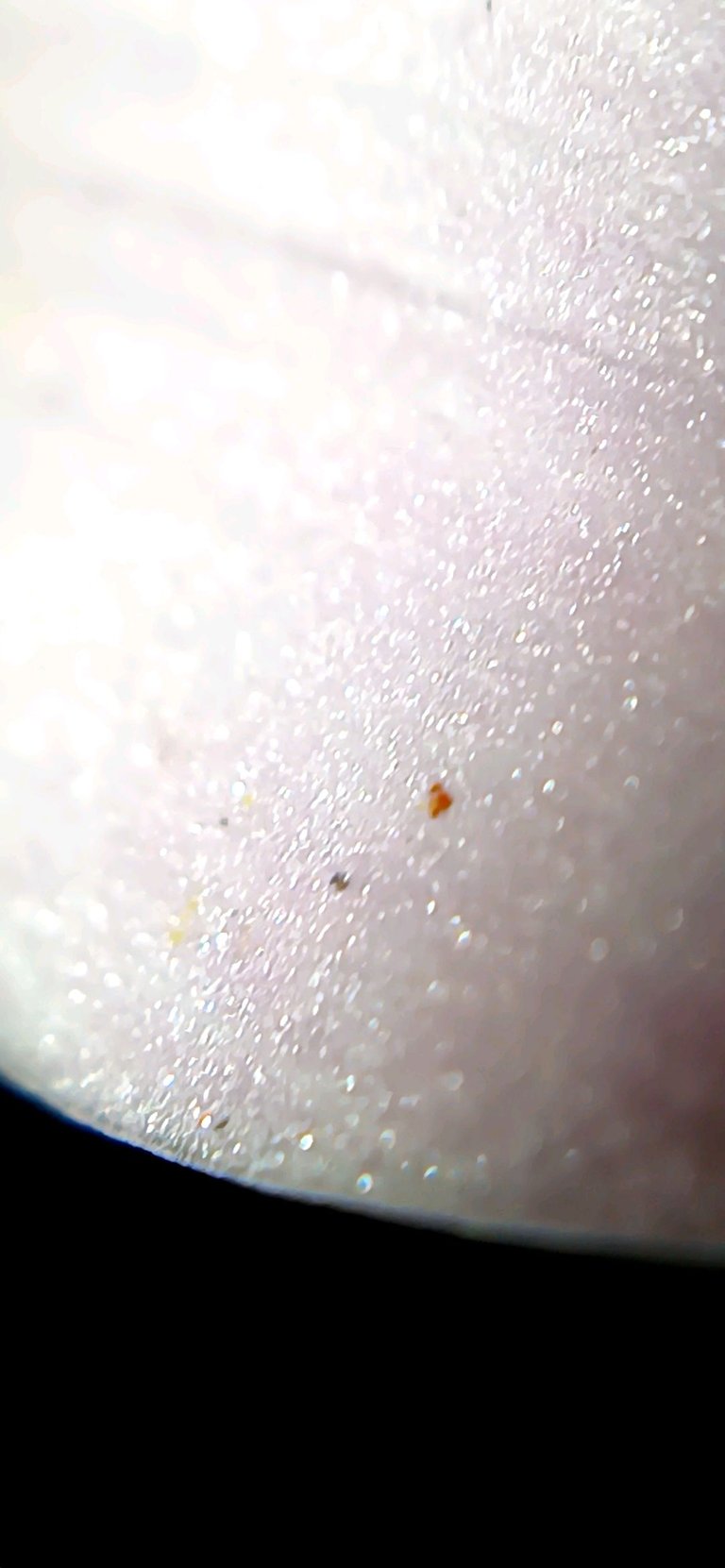
All photos were taken by me with my Samsung Galaxy A15 smartphone.
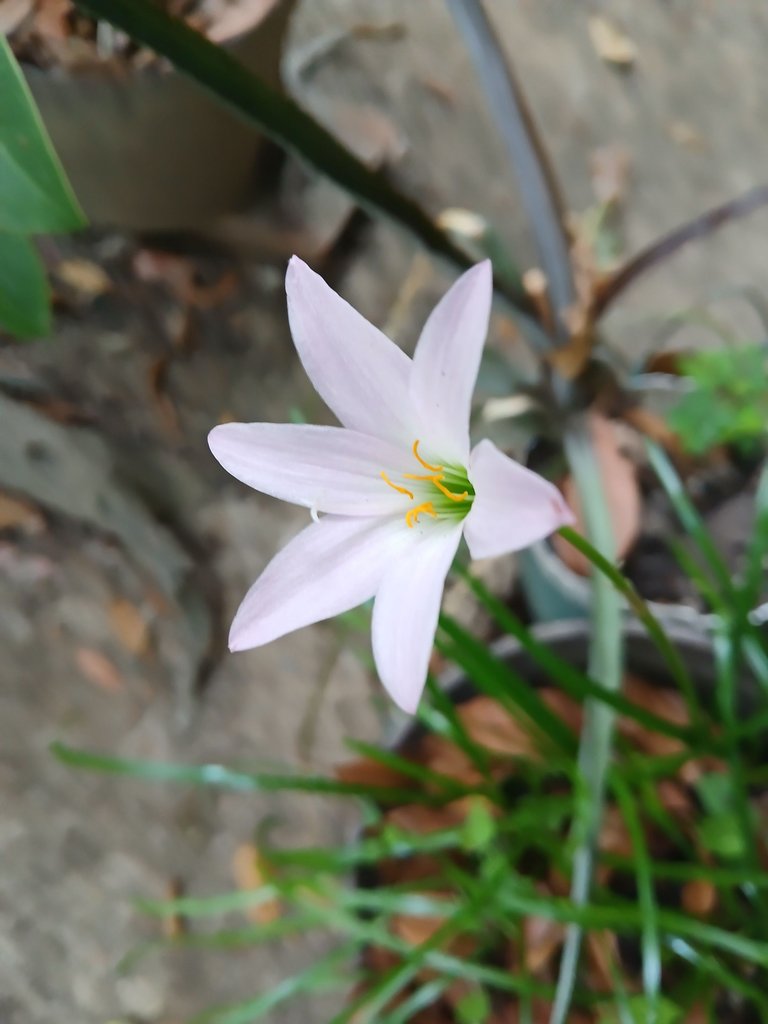
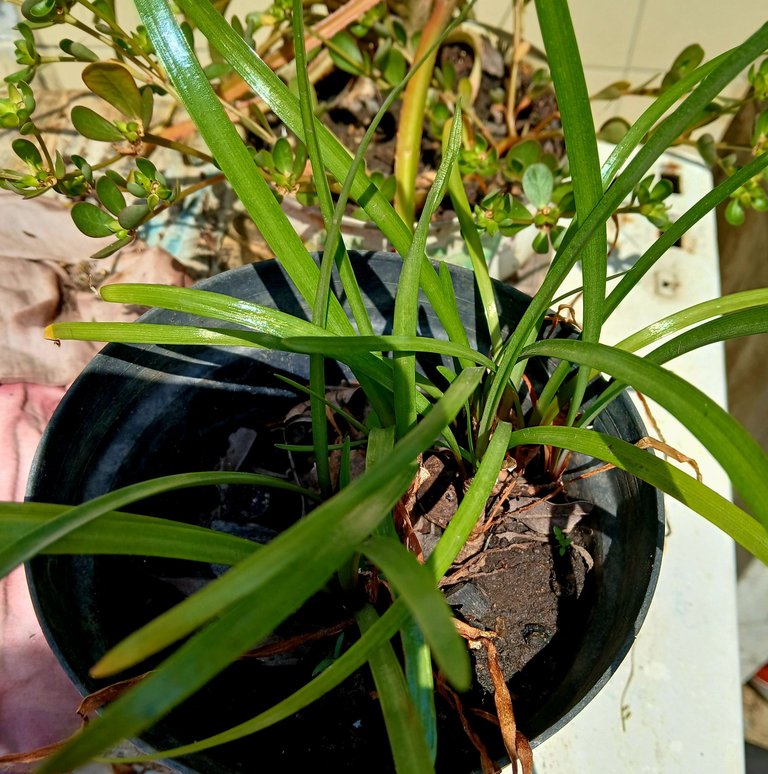
Thank you so much for stopping by and reading my post.
Spanish my native language so I apologize if there is any translation mistake.
I used Google translator.

References:
https://en.m.wikipedia.org/wiki/Zephyranthes_minuta
https://en.m.wikipedia.org/wiki/Storage_organ